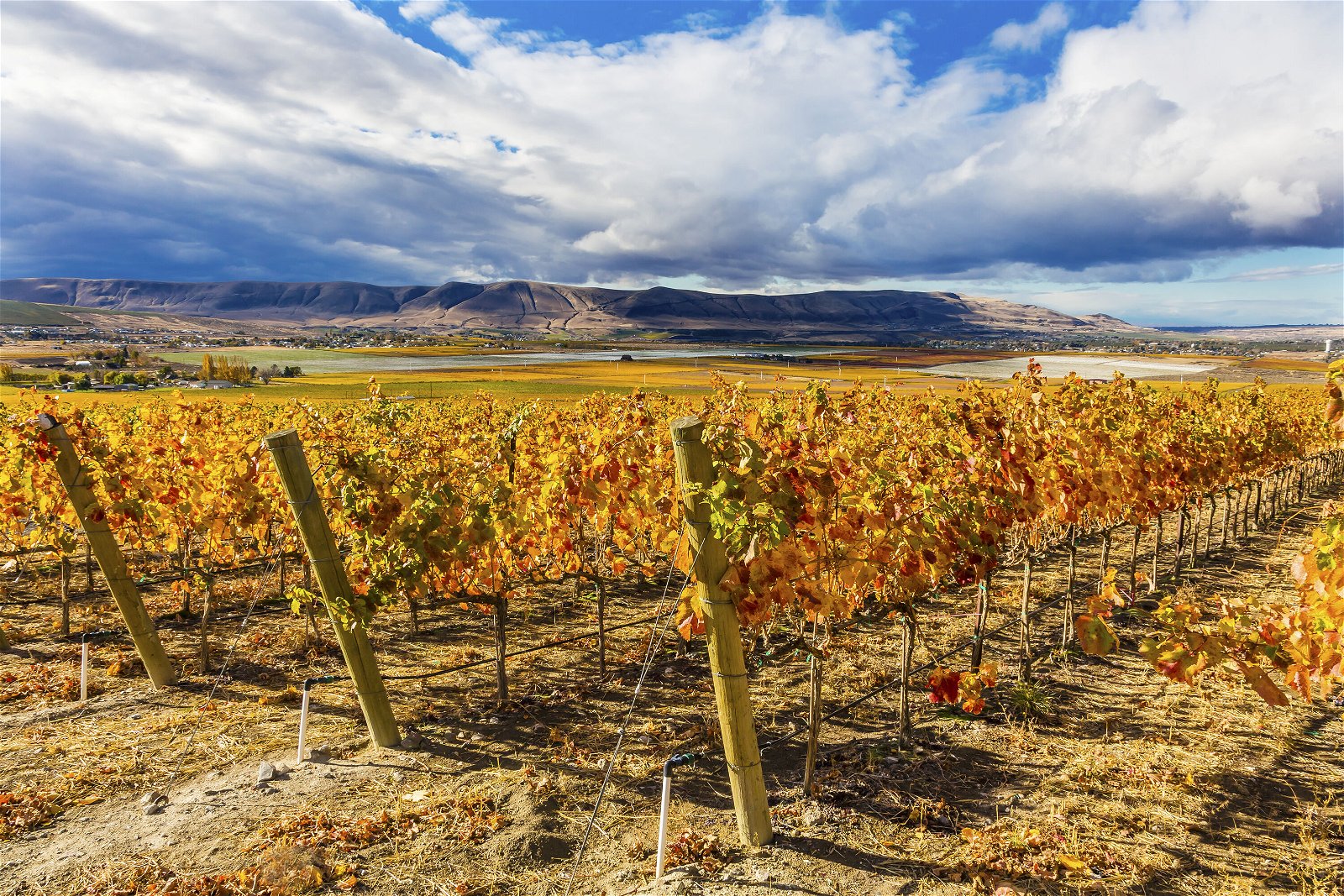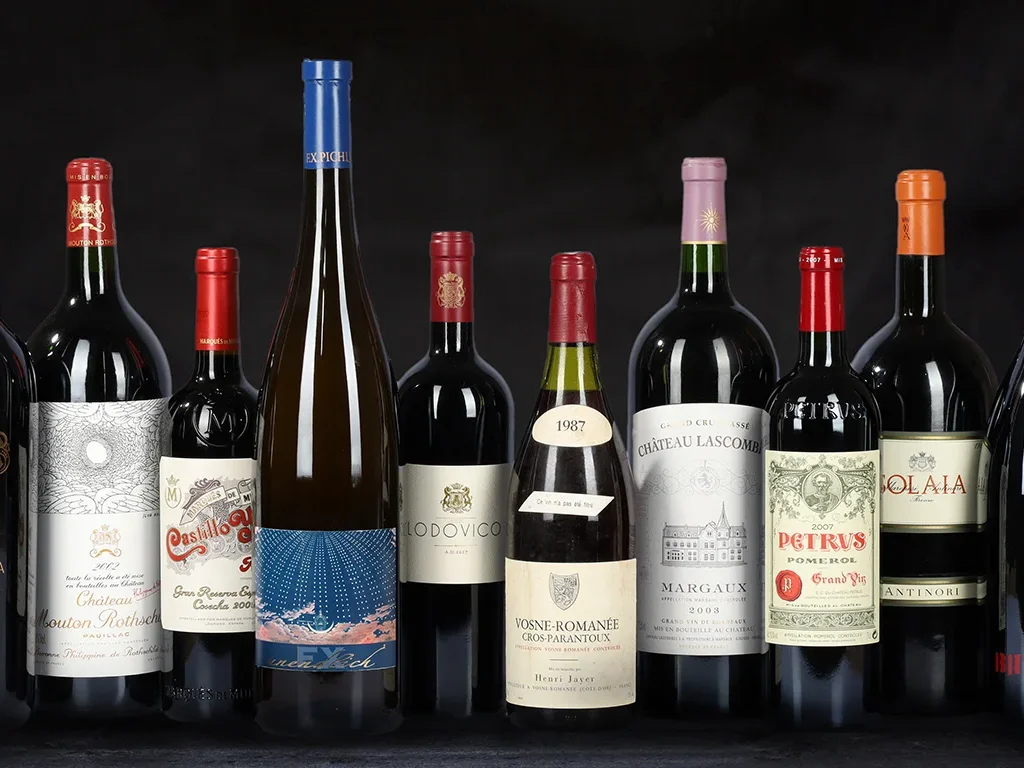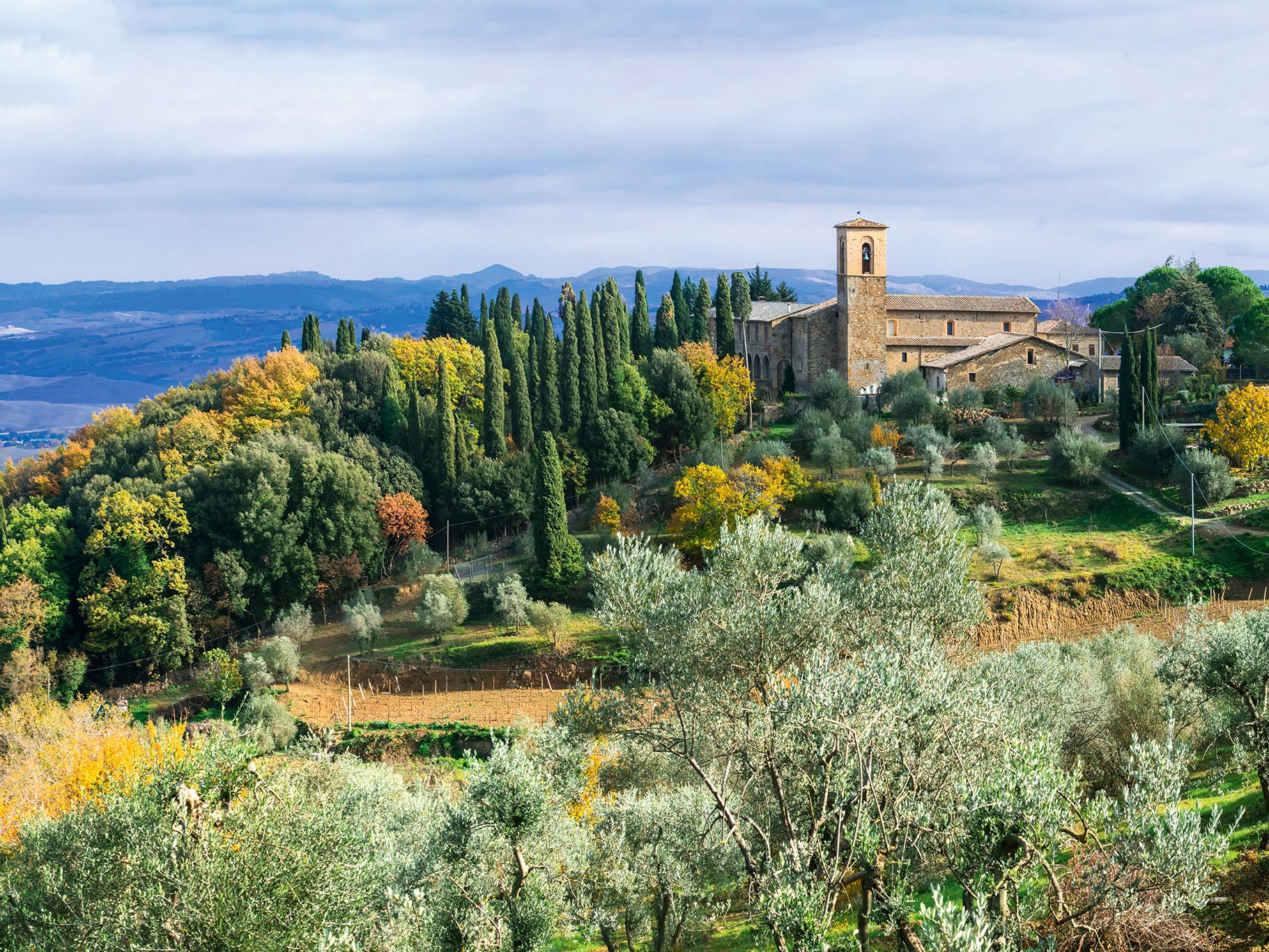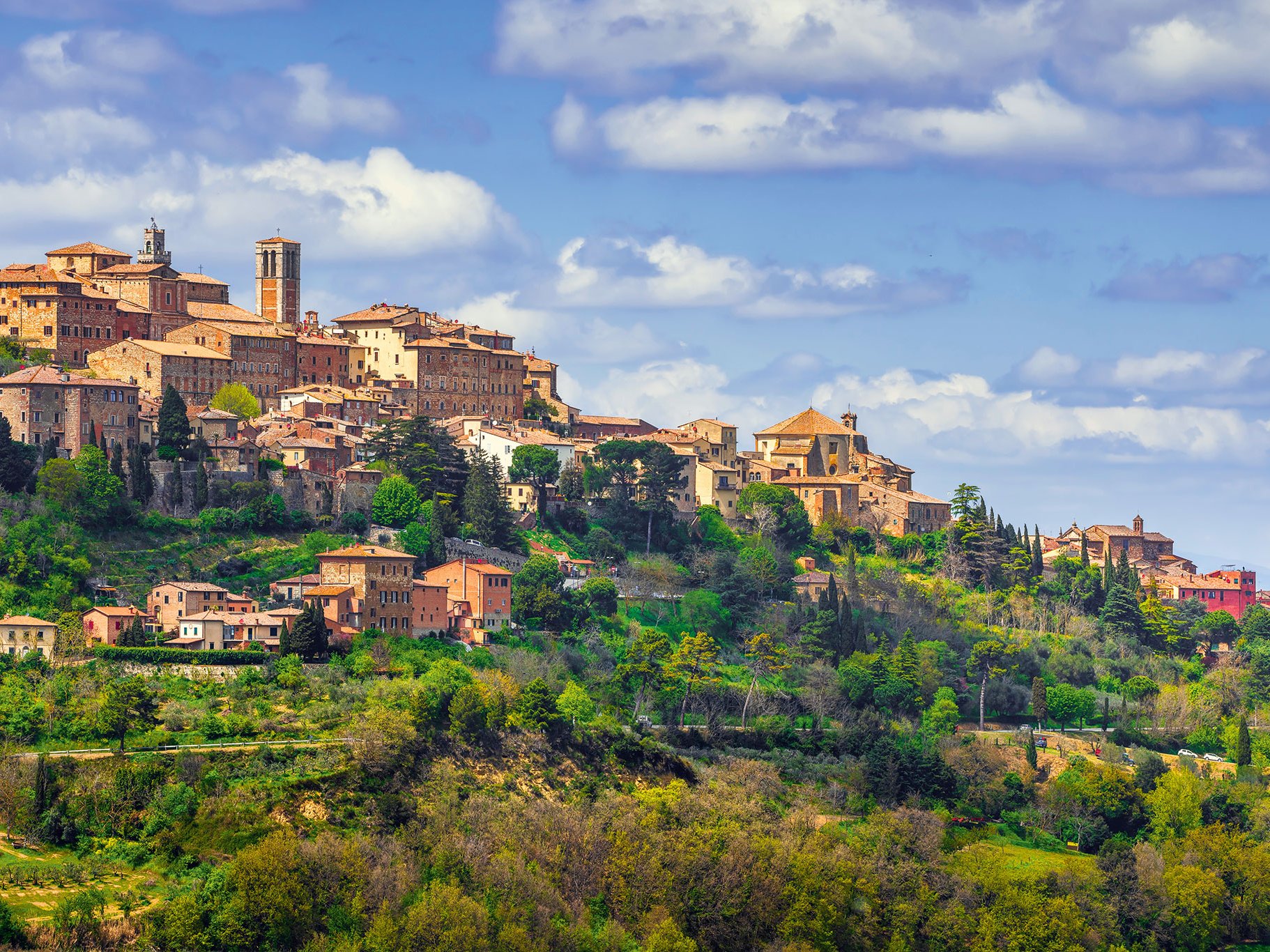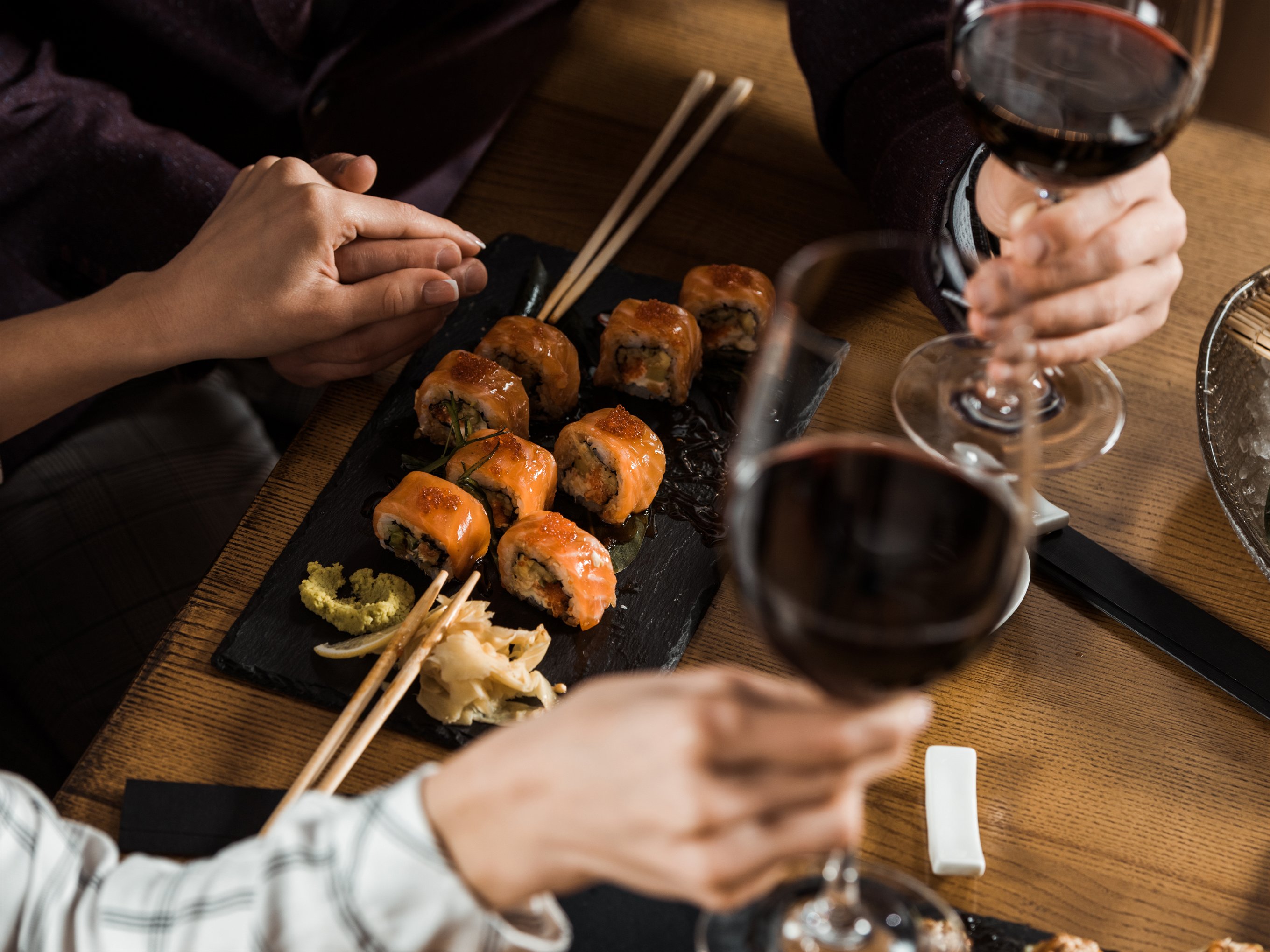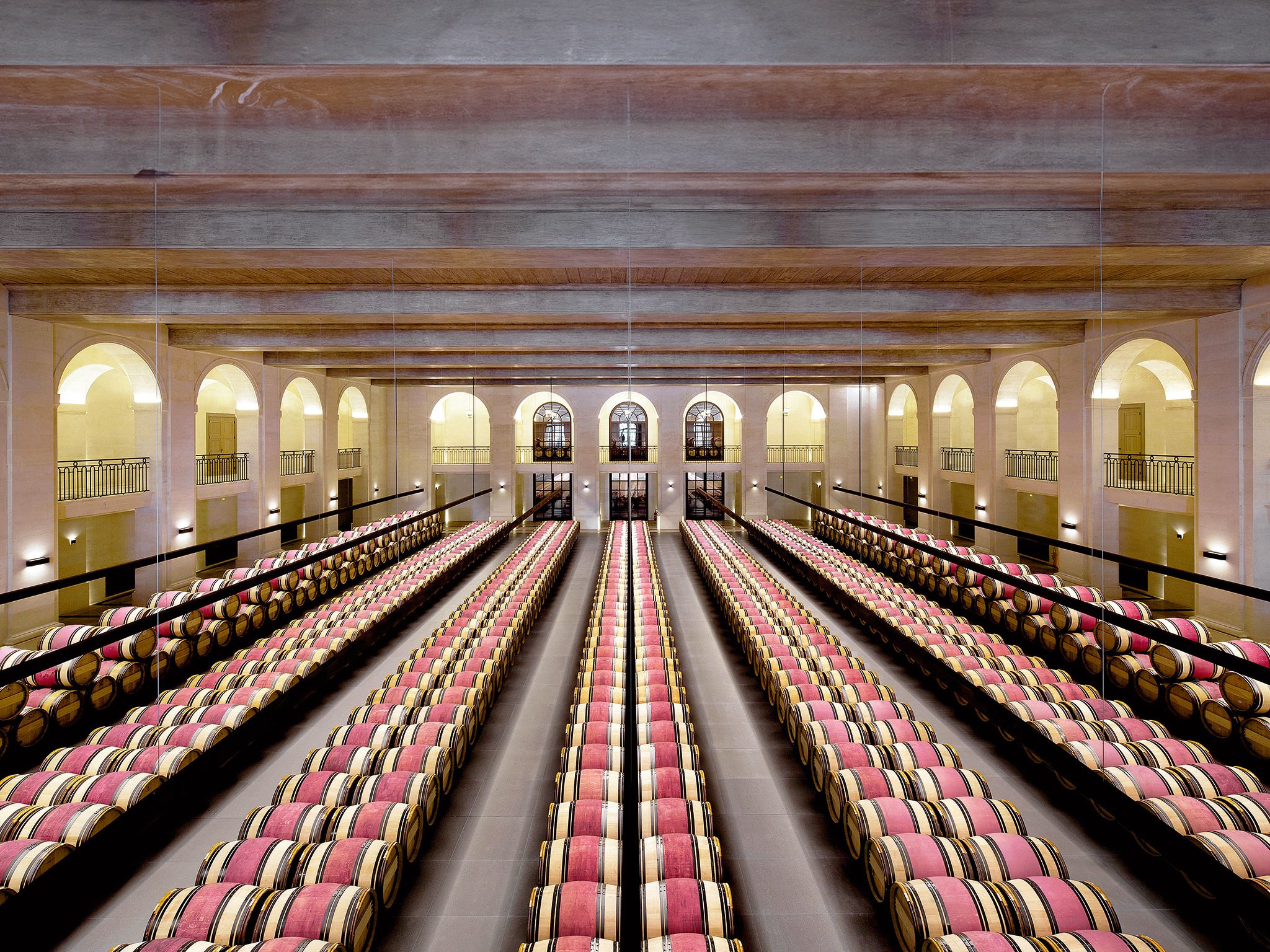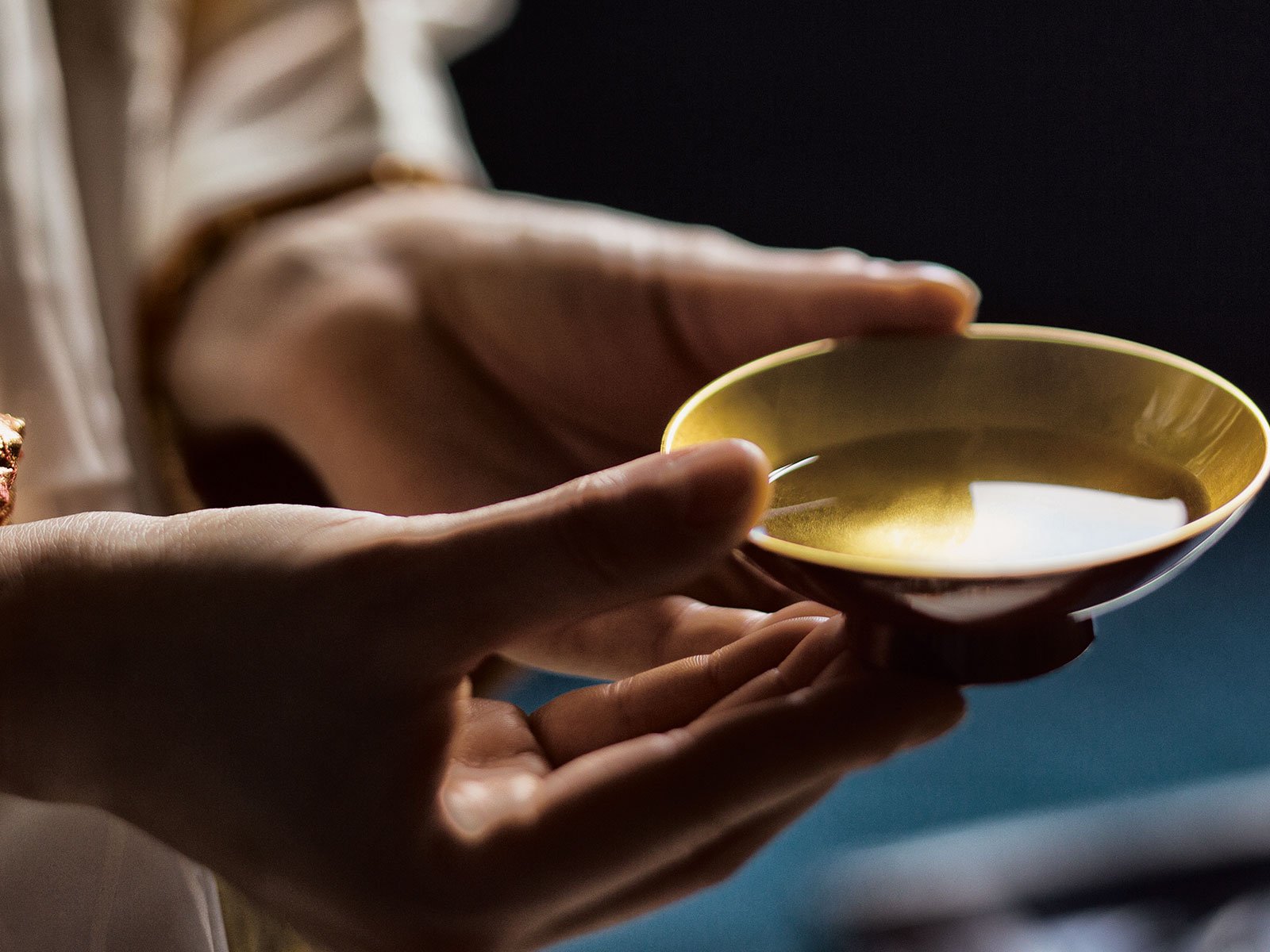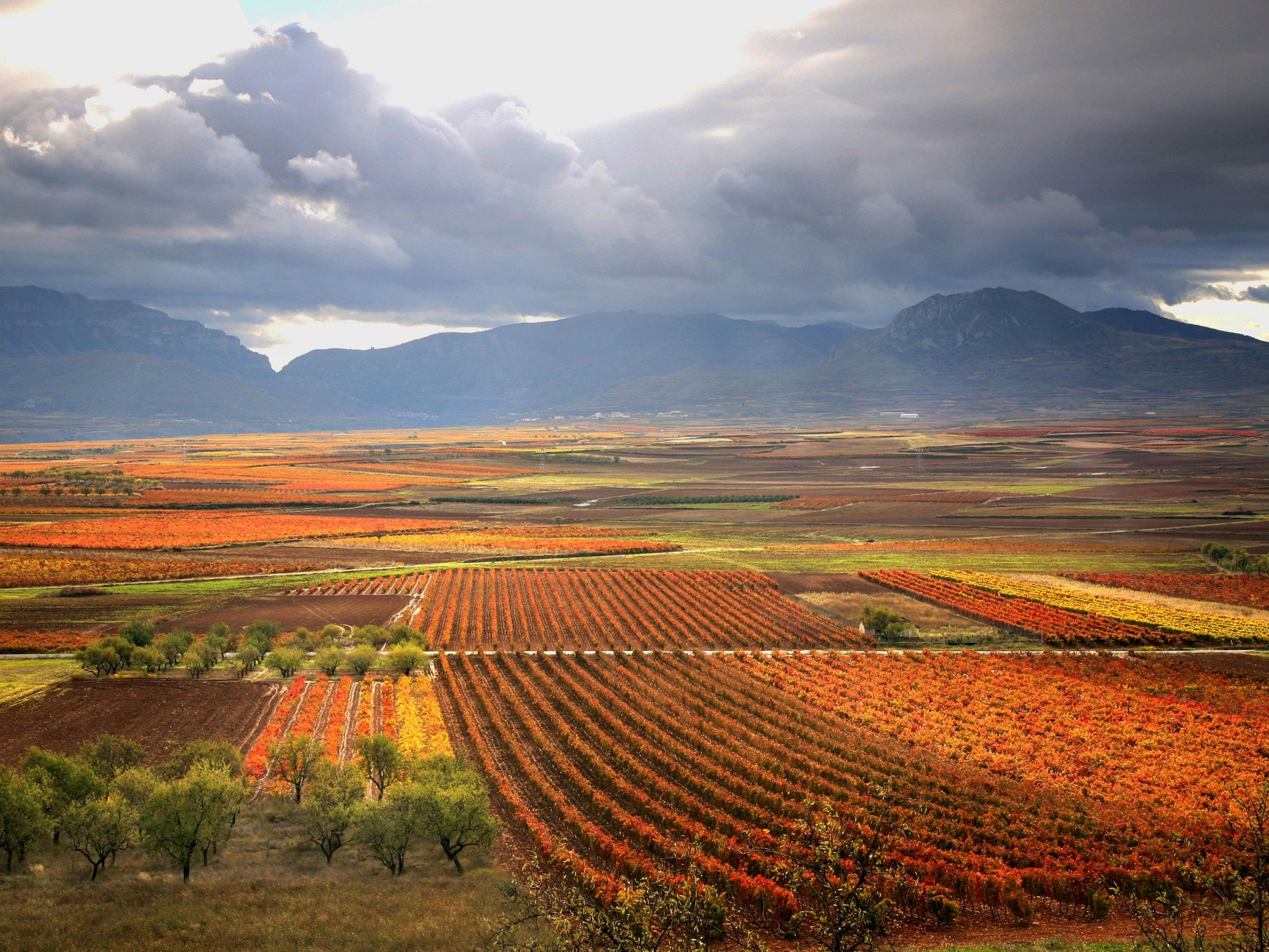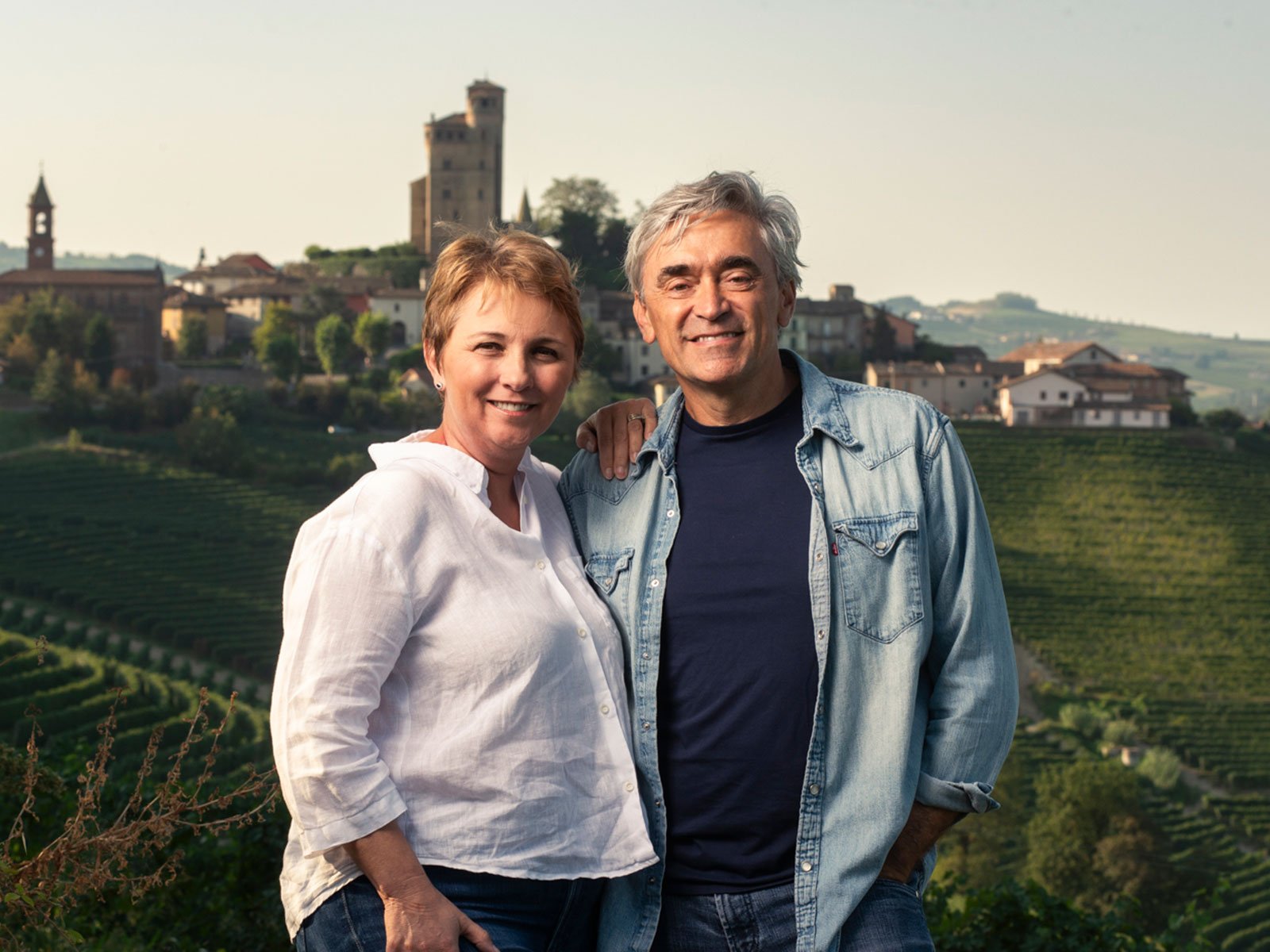Somehow Washington State divides into two parts. There are the coastal regions, which are under very cool and foggy Pacific influence and hardly suitable for viticulture. But if you cross the Cascade Mountains east of Seattle, you enter an almost desert-like steppe area with a comparable warm and dry climate. Nevertheless, the large Columbia Valley and the neighbouring Yakima Valley are very fertile, many kinds of fruit grow in the valley floors, and vines thrive on the slopes. This is made possible by the two rivers, the Yakima River and the much larger Columbia River, which gave both the valley and the growing region their names. Both rivers contribute to irrigation, without which a desert would probably have spread here, with no hope of growth. Both valleys, therefore, have actually been made fertile by man and wrested from nature. Yakima Valley and Columbia Valley are now thriving wine growing landscapes with remarkably high-quality wine production. After California, Washington State is the second largest wine growing region in North America. For the most part, it grows varieties best suited to warmer regions, such as Chardonnay for white wine and Cabernet Sauvignon, Merlot and Syrah for red wine. In the cool corners of Washington, however, Semillon and, surprisingly, Riesling also thrive magnificently. The "Eroice," a result of the cooperation between the renowned Château St. Michelle and the famous Mosel winemaker Ernst Loosen, impressively proves that - especially in the latter case - one can only win. Wines ranging from good quality to very unusual and expensive premium qualities grow on the basalt slopes.
